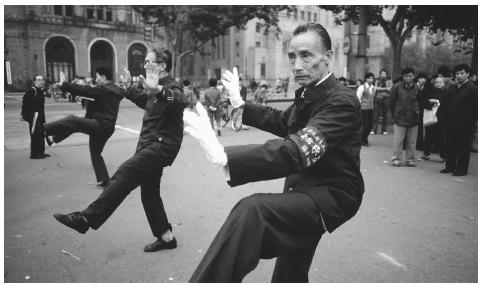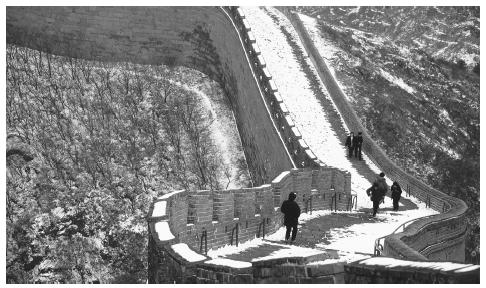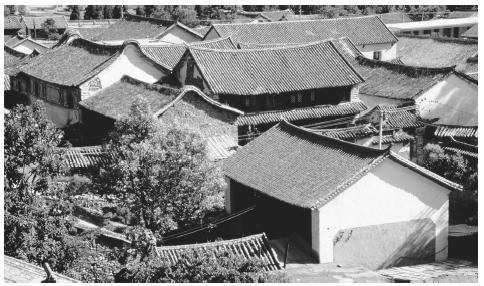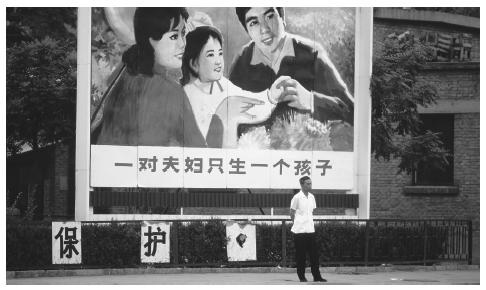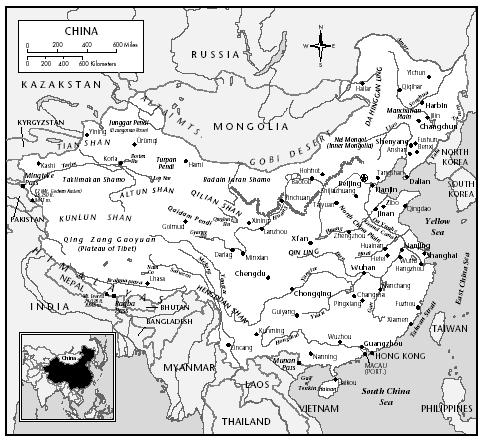China
The People's Republic of China is the world's fourth largest country (by total area), and one of only five remaining Communist states in the world.
As with the ancient Roman and Egyptian empires, China led most of the world in the arts and sciences for hundreds of years.
Pre-history began with civilizations that originated in numerous regions along the Yellow River and Yangtze River valleys over a million years ago.
By 2100 BC the Xia Dynasty had formed, becoming China's first dynasty - according to ancient historical records. Little is known about the Xias apart from their eventual downfall in 1600 BC, as a consequence of the Battle of Mingtiao.
Following the Xias, the Shang Dynasty rose to power, and then were ultimately overrun by the Zhou Dynasty in 1066 BC.
Emerging from the Yellow River valley, the Zhous were the longest-lasting dynasty in China, establishing their rule under a semi-feudal system.
The use of iron and the evolution of written script into its modern form were both introduced during the Zhou Dynasty.
Significant and influential intellectual movements emerged during this time as well, including Confucianism, Taoism, Legalism and Mohism, and the Hundred Schools of Thought of Chinese philosophy flourished.
Around the second millennium BC, the Zhou Dynasty began to decline as a result of the collapse of the central power, and completely dissolved by 256 BC.
Imperial China surfaced with the Qin Dynasty in 221 BC, and the construction of the Great Wall of China began - which was later enhanced by the Ming Dynasty. With the Qins, the concept of a more centralized government and a currency system were developed.
After the Qins, smaller dynasties quickly rose to power and collapsed only decades later for the next several centuries. At the emergence of the Song, Liao and Jin dynasties 960 through 1234 AD China saw an age of economic prosperity.
Following a particularly bloody war, in which roughly half of the Chinese inhabitants lost their lives, Mongol leader Kublai Khan (grandson of Genghis Khan) established the Yuan Dynasty in 1271.
The Yuan Dynasty became the first to govern the entirety of China with Beijing as the capital. Science, religion and the Silk Road trade network were heavily promoted under the ruling of Kublai
Less than a hundred years after its rise to power, the Yuan dynasty was overthrown by the Ming Dynasty.
Under their guidance, China experienced yet another golden age as urbanization increased to accommodate the growing population, and foreign trade grew considerably.
In 1556, during the Jiajing Emperor's reign of the Ming Dynasty, one of the world's deadliest earthquakes of all time occurred in Shaanxi, destroying 520 miles (840 km) of land and towns within 97 counties, and killing 60% of the population.
China's last dynasty was the Qing Dynasty, founded by Manchus, who allied with the Mings after Beijing was seized by the short-lived Shun Dynasty during the 17th century.
At its peak, the Qing Dynasty controlled over one-third of the world's population, and had the largest economy in the world; arguably it was one of the largest empires that ever existed in history.
Unfortunately, throughout the 19th century, China experienced debilitating civil unrest, significant food shortages, military defeats, and foreign occupation that spilled over into the 20th century.
The Republic of China was established on January 1, 1912, subsequently terminating the Qing Dynasty, and a few years later, with help from Soviet Russia, the republic entered into an alliance with the newly formed Communist Party of China.
With the end of World War II, the upstart Communists under the leadership of Mao Zedong established a dictatorship that, while ensuring China's sovereignty, imposed strict controls over everyday life, and cost the lives of tens of millions of people.
After 1978, his successo,r Deng Xiaoping, gradually introduced market-oriented reforms and decentralized economic decision-making.
Those efforts were successful as GDP output quadrupled by the year 2000. Today, political controls still remain tight, but more and more economic controls continue to be relaxed. China's economy is booming and its influence is growing worldwide.
As of 2013, China is the second largest economy in the world, after the United States, and is the largest exporter (2nd largest importer) of goods worldwide.
Tourism, always popular in China, is a growth industry, as the country is one of the most fascinating destinations on the planet.
From the Forbidden City (China's imperial palace during the Ming Dynasty) in Beijing, to the Great Wall spanning east to west along the country's historical northern borders, and moving on towards the southwestern corner of the country where the highest mountain ranges in the world are located, China is loaded with a generous amount of tourist hotspots to explore.

